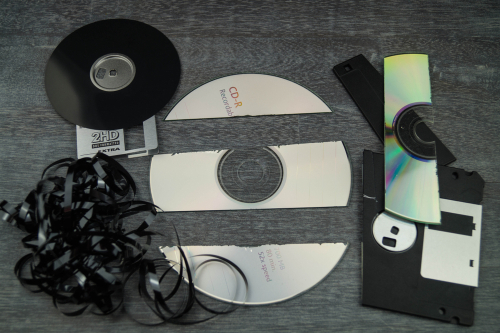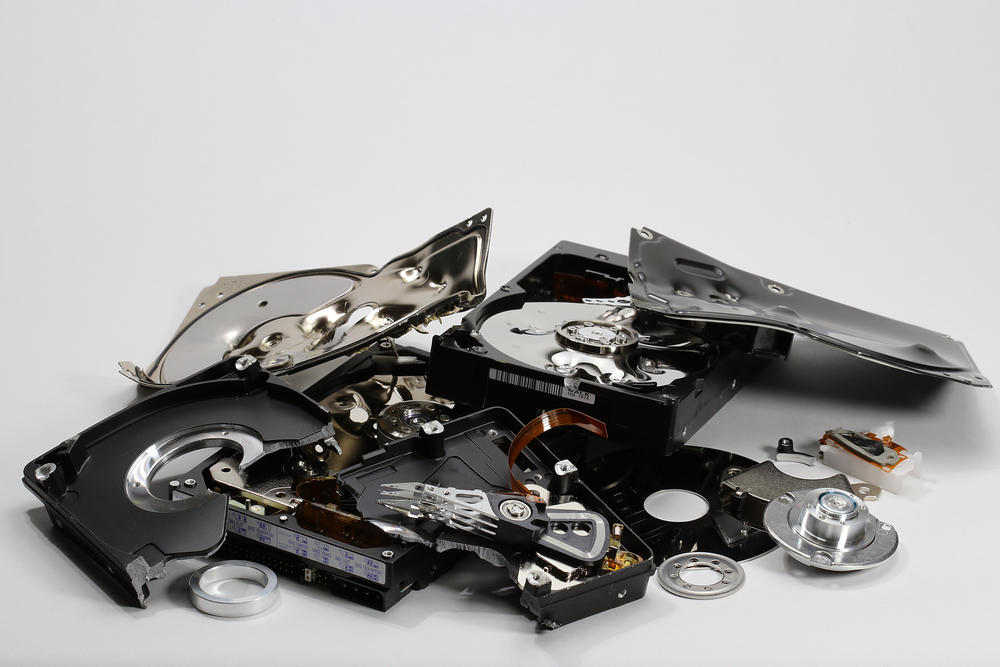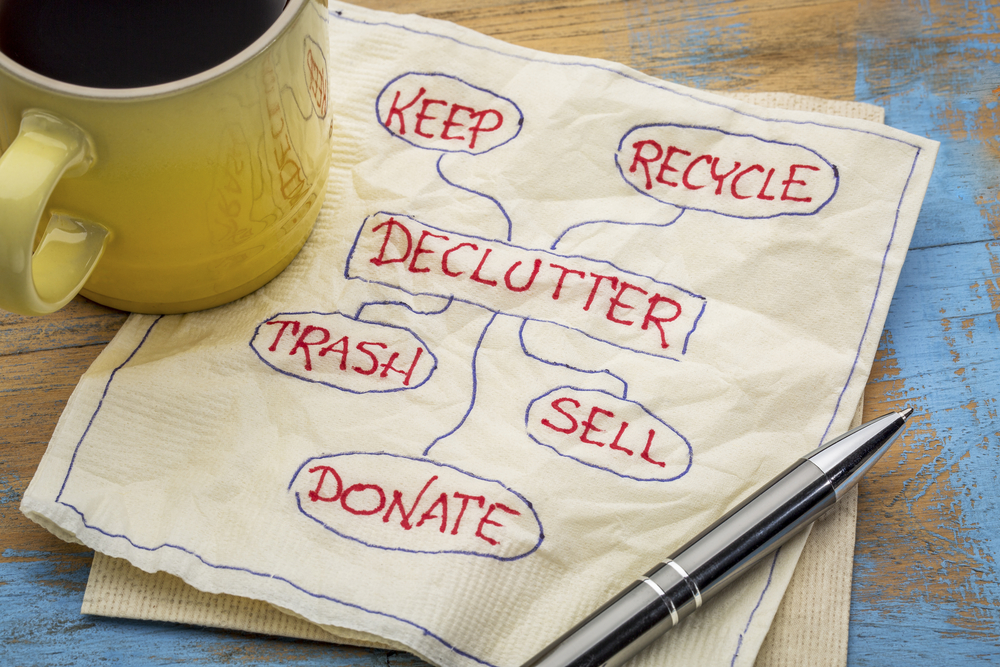Your media – hard drives, USB drives and other digital storage media, all contain confidential information about you, or if you own a business, your clients. Throwing old computers and digital media out is like handing an identity thief the universe. Hard drive shredding and other media destruction keep thieves from accessing data on your digital media. Royal Document Destruction has mobile equipment that can “shred” all of your digital media.
Electronic Destruction
Computer destruction is a way to destroy electronics so that your data is not disclosed to someone who might use it against you. As with document destruction, media destruction is a critical step in protecting your identity.
The standards for electronic destruction are:
- Overwriting functional drives at least three times before discarding them (DoD5220.22) and
- Wipe modern hard disks to prevent forensic recovery (NIST 800-88).
However, electronic wiping is not always secure. You should degauss the drive or other digital media or physically destroy it. We recommend physically destroying all forms of digital media, including:
- Hard disks;
- Floppy disks;
- CDs;
- DVDs;
- Zip drives and cartridges;
- USB flash drives;
- Solid-State drives; and
- Tapes.
When you physically destroy any type of digital media, there is no possible way for someone to hack into it and recover data.
Proper Media Destruction Procedures
Failing to securely destroy any media could result in a breach of your security. Media sanitization, such as overwriting and degaussing, help against low-level hackers, but if someone with the right knowledge and tools gets into your digital media, you could find yourself fighting an identity fraud case or, if you are a company, paying hefty fines for allowing your customers’ information to get into the hands of a thief.
Issues with Forms of Media Destruction Practices
When you want to dispose of your digital media, you need to ensure that the methods you choose provide for secure media destruction.
Overwriting Data
When you overwrite data, you do erase the data. However, if you do not ensure that the process overwrites all of the remnants of the data in all storage regions, some confidential information could get into the hands of identity thieves. The other downsides of overwriting include the length of time it takes to overwrite the digital media, especially high-capacity drives and you don’t have security protection during the overwriting process. Additionally, you cannot overwrite a damaged drive.
Degaussing
When you degausse media, you remove the magnetic field on the disk. However, some drives are no longer magnetic which means that you cannot use this process. The downsides of degaussing your digital media is that degaussing equipment is expensive. The strong electromagnetic fields could also destroy nearby equipment. Degaussing destroys the servo on the drive, making the drive unusable.
Physical Destruction
The most secure way to destroy digital media is to physically destroy it. Royal Document Destruction provides disk shredding and will provide you with a certificate of destruction for any digital media we shred for you. Once digital media is physically destroyed, no thief, no matter how talented, can put it back together again to get the data from it.
Contact Royal Document Destruction
Contact Royal Document Destruction to learn more about digital media destruction and safeguarding your confidential information, whether you are a business or an individual. You will receive a certificate of destruction for any digital media or paper documents we destroy.







